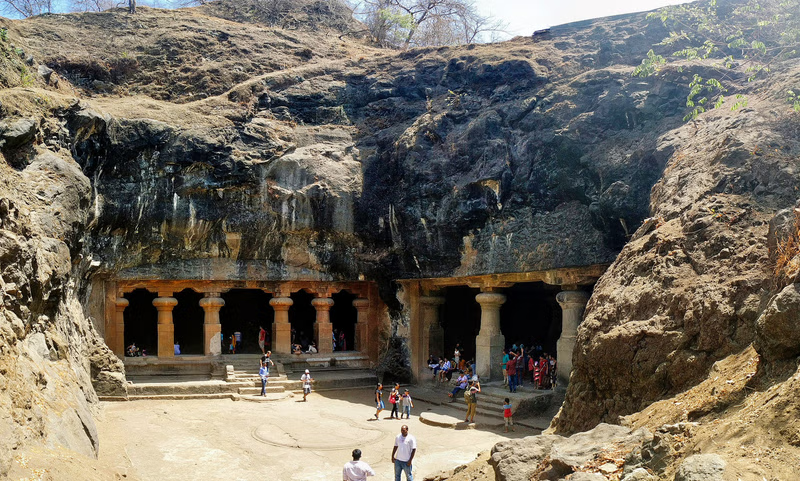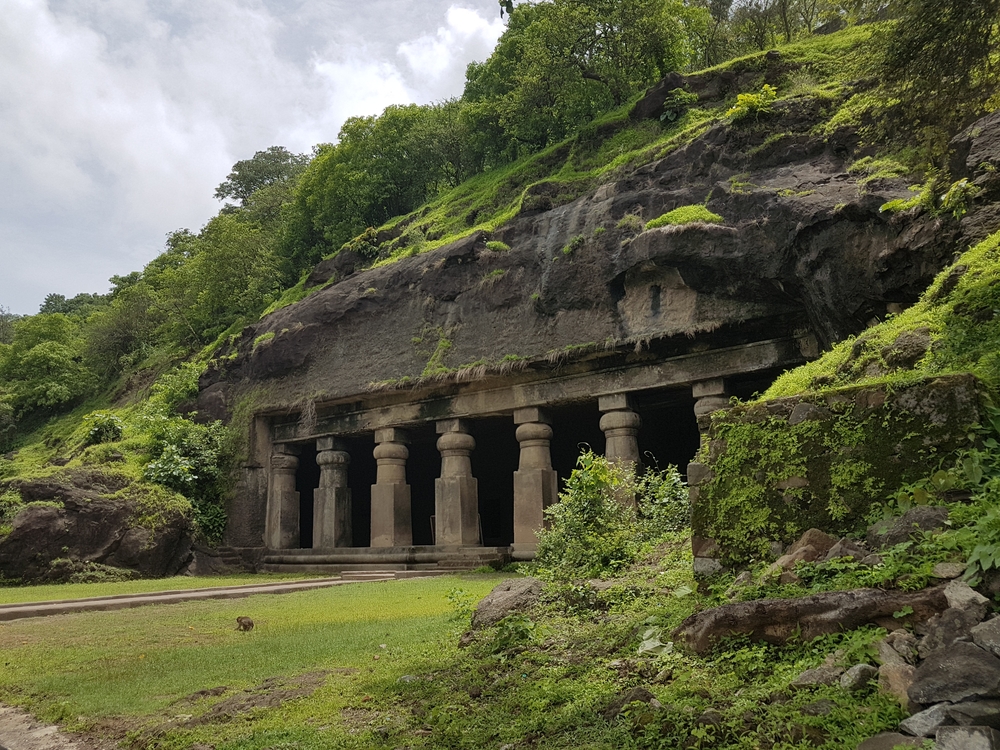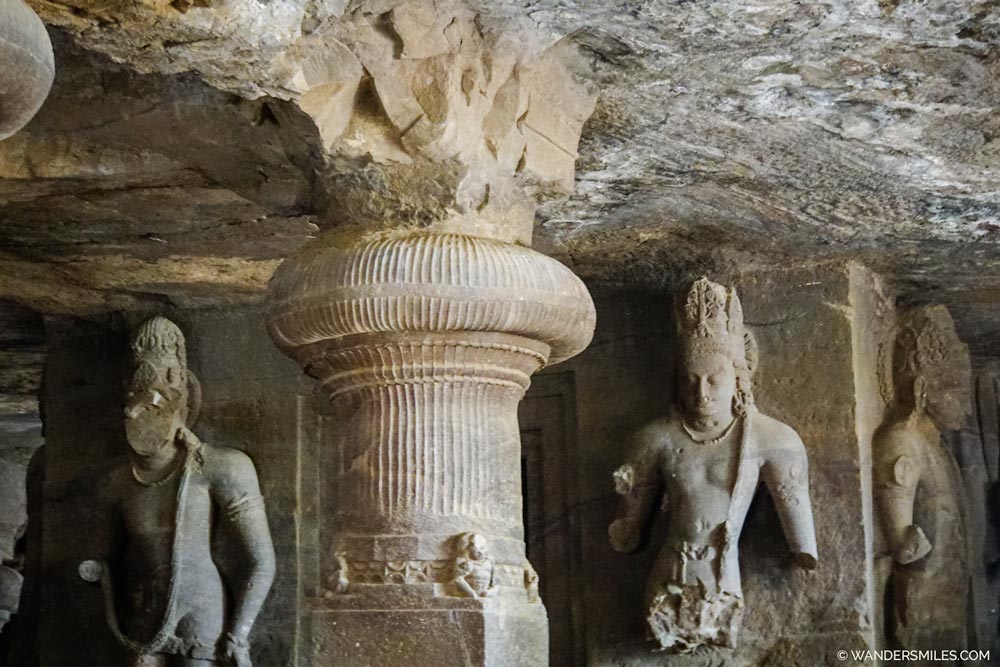The Elephanta Caves are a truly amazing place located on Elephanta Island, just off the coast of Mumbai, India. These caves are a treasure full of ancient Indian history, art, and culture. Carved out of solid rock, the caves are filled with beautiful sculptures and carvings that tell the story of India’s rich cultural past. For anyone who loves history or is simply curious about India’s heritage, the Elephanta Caves are a must-see destination.
They offer a unique chance to step back in time and explore ancient India. In this article, you will find all the important details about the Elephanta Caves, including their fascinating history, what you can expect to see, and helpful tips on how to reach this incredible site. Whether you’re planning a visit or just learning about them, these caves are sure to leave a lasting impression.
What Are the Elephanta Caves?
Skilled artisans carved the Elephanta Caves, a group of very old caves, out of rock between the 5th and 8th centuries. These caves, which are now a UNESCO World Heritage site, are located on Elephanta Island, about 10 kilometers from Mumbai. They are famous for their detailed sculptures, many of which show scenes from Hindu stories. One of the most amazing things about the Elephanta Caves is their design. Ancient Indian artists carved the caves straight into the rock, showing their incredible talent. The artists dedicated the main cave to Lord Shiva and created many sculptures that show different forms of this important Hindu god.
One of the most famous sculptures in the Elephanta Caves is the Trimurti. This large, three-headed statue shows Lord Shiva in three key roles: the creator, the preserver, and the destroyer. It’s a powerful and impressive artwork that shows Shiva’s many forms. Another well-known sculpture is of Nataraja, which shows Shiva in his dancing form. This dance stands for the cycle of creation and destruction in the universe. Visitors can also see many other sculptures, including the Stone Chariot, and figures from Hindu mythology. These sculptures help people learn more about India’s rich spiritual traditions.

Where Are the Elephanta Caves Located?
Next, let’s talk about where the Elephanta Caves are. These caves are on Elephanta Island, which is a small island in the Mumbai Harbour. It is about 10 kilometers away from the city of Mumbai. To reach the island, you can only take a ferry, which leaves from Mumbai’s Gateway of India. The ferry ride takes about an hour, giving you nice views of the water. After your visit to the Elephanta Caves, you can also check out other famous places in Mumbai, like India Gate.
When you arrive at Elephanta Island, the caves are the main thing to see. The island is quite small, and most visitors come just to explore the Elephanta Caves. Besides the caves, you can enjoy beautiful views of the Arabian Sea and the area around it. To reach the island, you can take a ferry from the Gateway of India, which is one of the famous landmarks in Mumbai. The ferries run regularly during the day, but it’s a good idea to check the ferry schedule before your trip. The ferry ride is a fun experience too, with lovely views of the sea and the coastline, including sights of the Red Fort in the distance.
Elephanta Caves History A Walk Through Time
A long time ago, between the 5th and 8th centuries, skilled workers carved the Elephanta Caves. Different Indian rulers during that time oversaw the work. The caves became a place where people worshiped, especially those who followed Lord Shiva. Later, the Portuguese gave the caves the name “Elephanta” when they found a big stone elephant statue near the entrance of the island. Sadly, the statue suffered damage over the years, but the name “Elephanta” still reminds us of it.
The Elephanta Caves are closely linked to Hinduism, and many of the sculptures tell stories from Hindu mythology, especially those about Lord Shiva. These carvings are not only important for religion but also show the great skill of artists from that time. Unfortunately, during the colonial period, people did not take care of the caves, and they got damaged. However, in recent years, many efforts have been made to restore and protect them. Today, people see the Elephanta Caves as a very important cultural and historical site. Visitors from all around the world come to see these amazing caves and learn about their rich history, which is also a part of Mughal architecture.

Elephanta Caves Timings and Best Time to Visit
If you want to visit the Elephanta Caves, it’s important to know when they are open and the best time to go. The caves open at 9 AM and close at 5:30 PM every day, except Monday. On Mondays, the caves are closed, so make sure you plan your visit on a different day. It’s a good idea to go early in the day to avoid crowds, especially if you are visiting during the busy tourist season. The weather is also cooler in the morning, which makes it a more comfortable time to explore the caves. By visiting early, you can take your time to enjoy the beauty of the caves without feeling rushed.
The best time to visit the Elephanta Caves is during the cooler months, from November to February. During this time, the weather is pleasant, making it easier to explore the caves and the island. The ferry ride is also more enjoyable during these months, as the seas are generally calmer. It’s also a good idea to visit early in the morning to avoid the crowds and the midday heat. Because the caves are a popular tourist attraction, they can get quite busy, especially on weekends.

What to See at the Elephanta Caves
When you visit the Elephanta Caves, there are many exciting things to see. First, the Trimurti sculpture is the most famous and special part of the caves. This huge three-headed statue of Lord Shiva is an amazing piece of art that shows Shiva as the creator, preserver, and destroyer. It is one of the best examples of ancient Indian sculpture, just like the stunning Ellora Caves, which also showcase incredible rock-cut art. You will be amazed by the beauty and skill of these artworks!
In addition to the Trimurti, there are several other notable sculptures, such as the Nataraja, which shows Shiva in his dancing form, symbolizing the cycle of creation and destruction. Another important sculpture is the Yogishvara, or Shiva in a meditative pose, representing the Lord of Yoga. As you walk through the caves, you’ll notice the intricate carvings on the walls and pillars. These carvings depict scenes from Hindu mythology, with detailed figures and expressive faces. Take your time to admire the craftsmanship and artistry that went into creating these masterpieces.

How to Get to the Elephanta Caves
Now that you know what to see, let’s talk about how to get to the Elephanta Caves. The easiest way to get there is by taking a ferry from the Gateway of India in Mumbai. The ferry ride takes about an hour, and you can enjoy nice views of the sea and the Mumbai skyline while you travel. Ferries leave every 30 minutes, and the tickets are not very expensive. It’s smart to buy your tickets early in the day because the ferries can get crowded, especially during the busy tourist season. Once you arrive at Elephanta Island, you will have a short walk from the ferry dock to the caves.
Conclusion
In short, the Elephanta Caves give us a clear view of India’s old history and culture. These wonderful caves, carved from stone, are on Elephanta Island near Mumbai. They show how skilled and creative the ancient Indian artists were. From the beautiful Trimurti sculpture to the quiet beauty of the island, visiting the Elephanta Caves is an unforgettable experience for those who love history or travel. If you’re visiting Mumbai, make sure to visit this UNESCO World Heritage site. The Elephanta Caves offer a rich history, amazing architecture, and a calm atmosphere, making them a must-see place.



